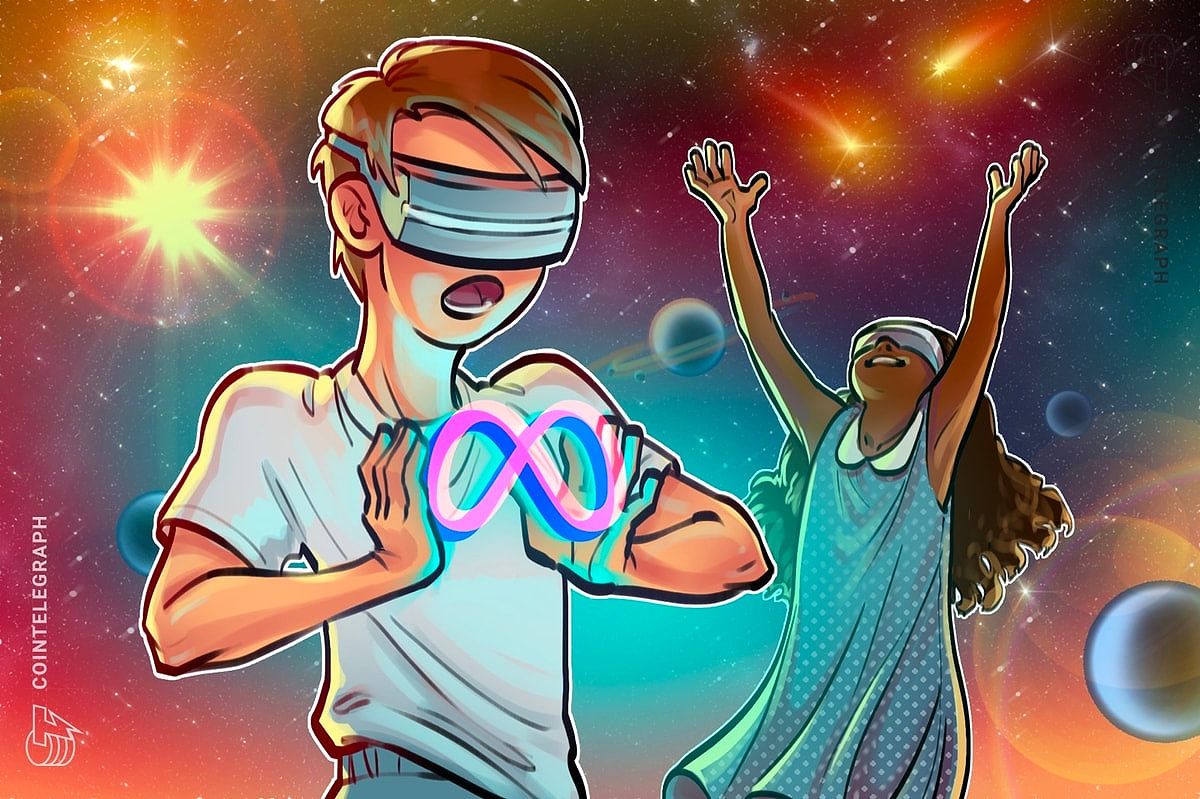Is virtual reality merely a fleeting trend, or does it possess the potential to fundamentally reshape our lives? This question has lingered in discussions about VR for years, and the answer remains complex and multifaceted. As we delve into the captivating world of virtual reality, we see a technology that has made significant strides but continues to grapple with its mainstream acceptance.
The Allure of Virtual Reality: A World of Possibilities
Picture yourself stepping into a realm where reality bends to your imagination. Virtual reality (VR) offers this escape, immersing users in fantastical, computer-generated environments that foster a profound sense of presence. Whether you’re battling dragons in a fantastical landscape or participating in engaging virtual meetings with colleagues from across the globe, VR provides experiences that are not just seen but felt.
Yet, this allure comes with a caveat. The technology, despite its promise, has yet to break into the mainstream. It beckons with endless potential, yet many consumers remain skeptical, unsure if the investment is worth it. The journey to widespread acceptance is marred by challenges that we must address.
The Challenges of Virtual Reality: A Reality Check

As enchanting as virtual reality sounds, it is not without its hurdles. A significant concern is the phenomenon known as VR sickness, where users may experience nausea or dizziness due to conflicting signals between their visual perceptions and their inner ear. This discomfort can deter users from fully immersing themselves in VR experiences, often leaving them yearning for more but unable to enjoy it for long.
Furthermore, the financial barrier to entry remains daunting. While some VR headsets have become more affordable, high-quality options still demand a hefty price. This cost can alienate potential users, limiting the technology’s audience and its growth.
Additionally, the current landscape of VR content leaves much to be desired. Although there are standout games and experiences, the overall selection is still somewhat lacking compared to traditional gaming platforms. This scarcity of diverse and compelling content can make VR feel more like a niche market than a mainstream entertainment option.
Is the Metaverse Ready for Prime Time?
The concept of the metaverse, which encompasses both virtual and augmented realities, promises to redefine our interactions with technology and each other. However, its adoption is still in its infancy, and several critical issues must be resolved before it can flourish.
One pressing concern is the potential for social isolation. While VR can facilitate virtual interactions, it can also lead to a disconnect from real-world relationships. Striking a balance between engaging with others in virtual spaces and nurturing real-life connections is essential for the technology’s long-term success.
Moreover, as VR technology advances, so do concerns regarding privacy and security. The collection and utilization of personal data in immersive environments raise significant questions about user trust. Ensuring that privacy is prioritized will be crucial in fostering a safe and welcoming metaverse.
The Future of Virtual Reality: A Look Ahead
Despite the challenges faced by virtual reality, the technology is steadily evolving. Innovations in hardware, software, and content creation are paving the way for experiences that are not only more affordable but also more engaging and accessible. As we witness these advancements, it is clear that VR holds the promise of becoming an integral part of our daily lives.
With each technological leap, the potential for VR to transform various sectors, including education, healthcare, and entertainment, becomes more apparent. The future of VR is not just about gaming; it’s about creating immersive learning environments, enhancing medical training, and revolutionizing how we connect with one another.
Conclusion
In summary, virtual reality stands on the cusp of greatness, offering immersive experiences that could redefine our interactions with technology. However, significant challenges—such as VR sickness, high costs, and a limited content library—must be addressed for it to achieve widespread acceptance. The metaverse, while still in its early stages, has the potential to unlock new avenues of interaction and engagement. As we navigate the evolving landscape of virtual reality, it is vital to continue pushing the boundaries of what is possible, ensuring that this remarkable technology can truly realize its potential in our lives.

